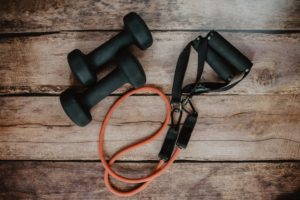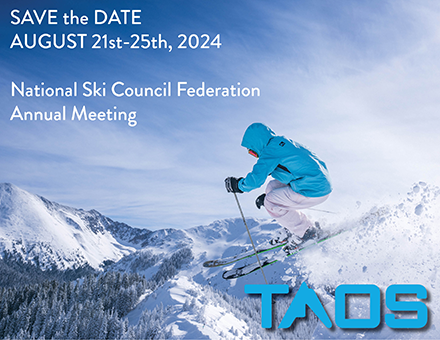Strength Training Exercises to Make You a Better Skier
by Janey Jones
A combination of endurance and resistance training, skiing is a great full-body workout. In fact, “skiing really distinguishes itself from other fitness activities when it comes to firing up and training the muscles of your lower body”, explains Thomas Stöggl, associate professor of sports science and kinesiology at the University of Salzburg. “The mix of highly coordinated movements with different types of exercise modes—carving, skidding, quick turns, jumping—and the mix of eccentric, isometric and concentric muscle work might be seen as quite unique when compared with other types of physical activity”. Since skiing engages your whole body, it’s important to develop your muscles with strength training before hitting the slopes.
Focus on lower-body muscles
Downhill skiing forces more of your lower-body muscles to work than most other modes of exercise. In fact, a 2013 study in the Journal of Sports Science and Medicine determined skiing to be a complete lower-body-workout as it uses everything from the large muscles in your thighs to much smaller support muscles around your knees. So, make activating and training these lower body muscles a priority. Not only will this enhance your stability and balance, but it may also reduce your risk for overuse or repetitive-motion injuries. Runner’s lunges, in particular, are an excellent way to strengthen your quads, glutes, and hamstrings. Since they work one leg at a time, lunges also activate your stabilizing muscles to improve balance and coordination.
Strengthen your arms and shoulders
Although your legs and core do most of the work, arm and shoulder strength is also essential for skiers. Bench presses, in particular, are an effective way to strengthen your pectorals, along with your shoulders and core. You’ll need a barbell and weight bench to perform this exercise with high-quality strength equipment being key to getting the most out of your workouts. Lightweight equipment makes for easier and safer exercising. Before you attempt a chest press, you should first have enough strength in your chest, shoulders, and triceps (the standard Olympic barbell typically weighs 44lbs). So, if you’re not yet ready for this weight, you can build your strength first with simple push ups. Start with accomplishing one quality rep and work on building up your strength until you can complete ten reps in one go.
Don’t neglect abs
Skiing is a high impact sport and strong core muscles are essential for protecting your lower back and spine from injury as you tear down the slopes. A strong core — from your abs to obliques — can also help you improve balance, which is “your number one priority for great skiing”. So, add in some core exercises, ideally using exercise bands, at the end of your workouts, and you’ll reap the benefits on the slopes. Sit ups, in particular, are an effective core move that trains your muscles to be a better support system for your whole body.
Strong muscles are key if you want to be a stronger, faster skier. By incorporating strength training into your workout routine, you’ll have the stamina, power, and speed control required to conquer the slopes.




